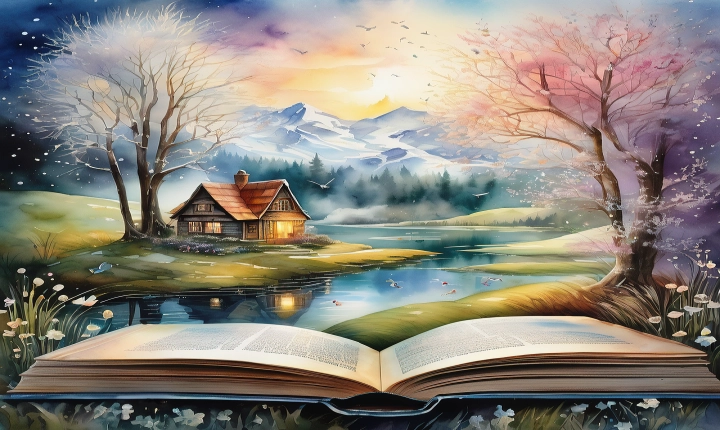Title: Crafting Effective Prompts for AI Art: A Guide to Unleashing Creative Potential
Introduction
Artificial intelligence (AI) has revolutionized the field of art by offering new ways for creators to express themselves. Through AI art, individuals can explore and experiment with novel techniques and styles that were previously unattainable. One of the crucial factors in generating compelling AI art is the prompt given to the AI. An effective prompt can inspire the AI to produce unique, captivating, and thought-provoking artworks. This article aims to provide a guide on crafting good prompts for AI art, helping creators unleash the full potential of AI-generated art.
Understand the Capabilities of the AI Model
The first step in creating an effective prompt for AI art is to understand the specific capabilities and limitations of the AI model being used. Different AI models excel in different artistic styles, techniques, and subject matters. Some AI models are better suited for producing realistic images, while others may specialize in abstract or surreal art. By understanding the strengths of the AI model, creators can tailor their prompts to leverage the AI’s unique abilities, resulting in more coherent and compelling artworks.
Incorporate Descriptive Language and Visual References
When crafting a prompt for AI art, it is essential to use descriptive language and provide visual references to convey the desired concept or theme. Instead of using vague or ambiguous prompts, creators should be specific and detailed in their instructions. For example, instead of simply asking the AI to create “a landscape,” creators can provide detailed descriptions of the landscape, including elements such as the type of terrain, weather conditions, and mood. Furthermore, including visual references such as photographs, artwork, or sketches can further clarify the desired outcome and guide the AI in its creative process.
Encourage Exploration and Variation
AI art thrives on exploration and variation, and prompts should reflect this principle. Rather than dictating precise instructions, prompts should encourage the AI to experiment with different styles, colors, and compositions. By incorporating phrases such as “explore different textures” or “experiment with vivid colors,” creators can empower the AI to push its boundaries and produce art that is rich in diversity and originality. Embracing open-ended prompts can lead to surprising and innovative outcomes, stimulating the AI to generate art that transcends conventional norms.
Provide Context and Emotional Context
A well-crafted prompt should not only focus on the visual aspect but also consider the emotional impact and narrative context of the artwork. Creators can infuse prompts with emotional cues and contextual information to guide the AI in imbuing the artwork with meaning and depth. By articulating the intended emotions, themes, and stories behind the art, creators can elicit a more profound and resonant response from the AI. This approach not only results in visually striking art but also establishes a meaningful connection between the artwork and its audience.
Iterate and Refine
Crafting effective prompts for AI art is an iterative process that requires continuous refinement and experimentation. Creators should not hesitate to tweak and adjust their prompts based on the AI’s responses and previous artwork. Through iterative refinement, creators can gain a deeper understanding of how the AI interprets prompts and harness this knowledge to refine their approach. By observing and analyzing the AI-generated art, creators can make informed decisions on how to optimize future prompts for enhanced creativity and expressiveness.
Conclusion
Crafting effective prompts for AI art is a skill that can unlock the boundless creative potential of artificial intelligence. By understanding the capabilities of the AI model, using descriptive language and visual references, encouraging exploration and variation, providing emotional and narrative context, and engaging in iterative refinement, creators can empower the AI to produce compelling and impactful art. As the field of AI art continues to evolve, the ability to craft well-designed prompts will be instrumental in shaping the future of artistic expression and innovation.
